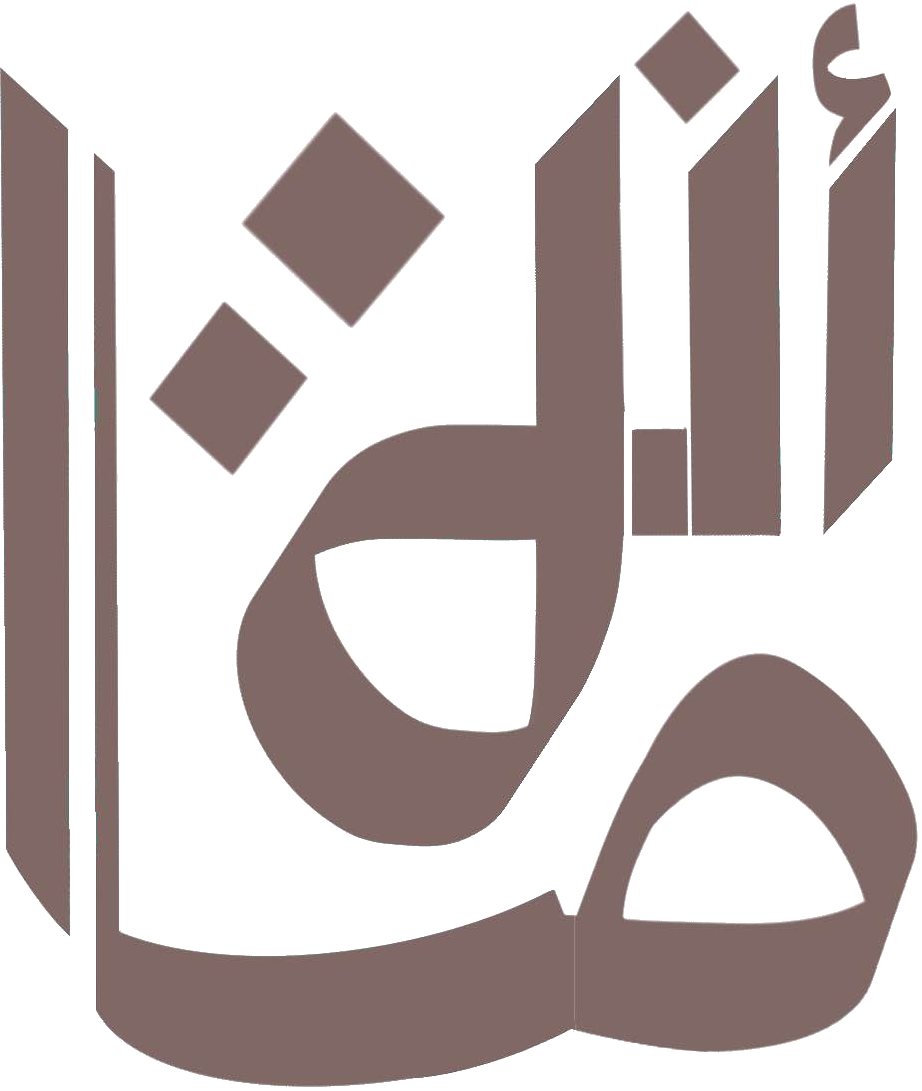How Indonesia Returned to Sharia After an Earthquake

How Indonesia Returned to Sharia After an Earthquake
“And We tested them with good and evil that they might return“(Sūrat al-Aʿrāf, 7:168)

When the earthquake and tsunami struck the Indonesian province of Aceh on December 26, 2004, the devastation was beyond imagination. The waves that rose from the Indian Ocean reached more than thirty meters in height and crashed onto the coast with a force that erased entire towns. Cities such as Banda Aceh, Calang, and Meulaboh were almost completely destroyed. Within a few hours, more than one hundred and thirty thousand people had lost their lives, and hundreds of thousands were left without homes or families. The landscape itself was changed, and places that had existed for centuries disappeared beneath the sea.
Yet amidst this ruin, something extraordinary became visible. Many noticed that mosques remained standing while everything around them was flattened. Time after time, stories were told of masājid that resisted the flood when the strongest houses fell apart. The Baiturrahman Grand Mosque in Banda Aceh, for instance, stood firm with only minor damage. As the water surged inland, hundreds of people ran toward it and took refuge inside. To the people of Aceh, this became a living sign that the house of Allah is the only refuge when all else perishes.
In the weeks that followed, the survivors looked upon the devastation with a sense of awe and fear. For them, this was not a random event of nature but a reminder from the Creator. Local scholars and community leaders gathered their people and spoke of reflection, repentance, and renewal. Friday sermons called the faithful to return to prayer, to purify their hearts, and to abandon what displeases Allah. Families spoke openly with their children about sin, modesty, and the need to build a new life upon faith.
Small but significant changes began to appear everywhere. Young men who had once ignored the call to prayer started coming to the mosque at dawn. Women who had once been uncertain about covering began to wear the jilbab as a sincere act of obedience. Qurʾān study circles were revived, and gatherings of remembrance filled the evenings. The people of Aceh understood that the calamity had destroyed their possessions but revived their souls.

Political Life post-2004
The earthquake also transformed the political life of the region. For decades, Aceh had endured a violent conflict between the Indonesian government and the Free Aceh Movement, known as GAM. The struggle had taken thousands of lives and left deep scars. Yet the tsunami softened hearts and opened a path to peace that had seemed impossible before. In August 2005, the Helsinki peace agreement was signed, ending almost thirty years of war.Peace brought a new recognition of Aceh’s distinct identity within Indonesia. The province was granted special autonomy that allowed it to govern its internal affairs according to Islamic principles. This autonomy became the foundation for the public implementation of Sharia. In the years that followed, laws were introduced to forbid alcohol, gambling, and the unlawful seclusion of men and women. The Wilayatul Hisbah, the Sharia enforcement body, was established to uphold these rules in public life. By 2014, new regulations were enacted to apply punishments for acts such as adultery, intoxication, and gambling. When the ocean had taken everything, it had left behind a truth that could not be ignored: life is fragile, and only obedience to divine law provides true stability.
Everyday Reflection of Sharia
The transformation of society was visible in daily life. In Banda Aceh, entertainment venues that served alcohol or encouraged immorality were closed. In rural areas near Meulaboh, elders organized Qurʾān study sessions for young people so that the next generation would grow up with stronger faith. Families began to hold collective prayers and gatherings of repentance. Couples who were found in seclusion were brought before local Sharia courts, showing that morality had become a shared responsibility rather than a private matter.
Even public festivals and markets reflected this change. Loud music and mixed dancing gave way to Qurʾānic recitation and public remembrance of Allah. Markets adjusted their hours to respect prayer times, and small vendors closed their stalls during Jumuʿah. Visitors to Aceh often observed that its streets, though marked by the memory of destruction, carried an atmosphere of peace and dignity.

The Human Side of Sharia
The Acehnese also understood that Sharia is not only a system of law but a path of mercy and justice. After the tsunami, thousands of children were left without parents. Mosques and Islamic charities became centers of relief, offering food, education, and shelter. Widows were supported through zakat funds and through the proper application of inheritance law, ensuring fairness and protection for the vulnerable.
When international aid organizations arrived, they brought immense resources but also cultural practices unfamiliar to the local people. The Acehnese accepted help but remained firm in protecting their Islamic values. Many refused projects that ignored prayer spaces or disrespected modesty.
Aceh’s story remains a reminder to the entire Ummah that calamities are not only punishments but also invitations to return. When the earth shakes and the sea covers the land, only what is rooted in faith remains standing.
REFERENCES
Web Sources:
Associated Press. (2024). Prayers and tears mark 20 years since the Indian Ocean tsunami that killed some 230,000 people.
Cristofoletti, T. (2016). In between – Youth living under the Sharia law.
France24. (2024). Indonesia: Twenty years after tsunami, Aceh province ruled by Sharia law.
Pedroletti, B. (2023). Life under Sharia law in Banda Aceh, Indonesia. Le Monde.
Politico. (2024). Prayers and tears mark 20 years since the Indian Ocean tsunami that killed some 230,000 people.
Stanford University. (2023). Tales of the unexpected: Contesting Syari'ah law in Aceh, Indonesia. Asia-Pacific Research Center.

